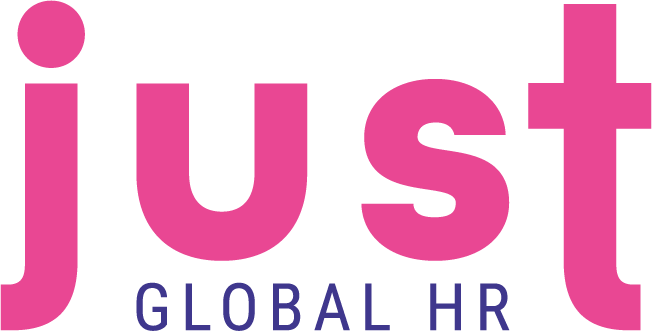Emerging from Lockdown
This summer, as we gradually emerge from Covid-19 lockdown and many employees begin to return to their workplace, there could be some unique issues for you to manage and focus on.
1. Managing the Return to Work
When you start to bring employees back to the workplace, it will be important to ensure that Covid-secure measures are followed, and that everyone is given guidance as to expectations of behaviour and conduct (e.g. use of masks, Covid-19 testing and social distancing).
As well as following government guidance applicable to your location and sector, you should also carry out your own assessments of the risks in your workplace. You should ask employees to attend work only once they have taken the necessary steps to protect their health and safety.
It is essential that you are mindful of staff anxieties at this time and be ready to support those who have concerns about returning to their place of work.
2. Employee Vaccinations
You have a duty to ensure, as far as reasonably practicable, the health and safety at work of your employees.
Encouraging employees to be vaccinated to protect themselves against coronavirus (Covid-19) is likely to be a reasonable step to take to reduce the risk to their health. As the vaccination effort gathers pace, you will need to strike the right tone when encouraging staff to get vaccinated.
However, most organisations will be on shaky legal ground if they are requiring new recruits or existing employees to get the Covid-19 jab (the “no jab, no job” policy).
3. Sporting Events
Sporting events 2021: key dates
Euro 2020: 11 June – 11 July and Tokyo Olympics: 23 July – 8 August
This summer, two major sporting events will take place that were postponed in 2020 – Euro 2020 and the Tokyo Olympics.
Both events will generate interest in the workplace and there are Euro 2020 fixtures taking place during the working day and in the early evening. You should be aware that giving staff time off to watch sporting events will be good for morale, but also be alert to the potential attendance and conduct issues that may arise.
4. Dress Code
Have you thought about relaxing your dress code during the summer especially during high temperatures? It is essential that you also ensure that standards of presentation are maintained, health and safety and hygiene processes are followed, and PPE is worn where required.
For those who continue to work at home this summer, a reminder of the expectations of dress and appearance when appearing remotely to colleagues and customers may also be beneficial, particularly during periods of hot weather.
It is a good idea for you to review your dress code policy now to reflect the standards of appearance expected during remote meetings, for example via Teams of Zoom. For example, it will not reflect well on the employer if salespeople are inappropriately dressed during remote meetings with customers or clients.
5. Workplace Temperature
The Workplace (Health, Safety and Welfare) Regulations 1992 state that the temperature in a workplace must be “reasonable”, however they do not dictate a maximum temperature. The nature of the work being undertaken (e.g. whether or not it is physical or requires exertion), will play a part in helping you decide if the temperature is within the definition of reasonable.
This year, in addition to the Covid-secure measures already in place to reduce risks of virus transmission, you will also need to consider their legal obligation to ensure a supply of fresh air/ventilation to enclosed areas of the workplace, particularly when the weather is warm.
6. The End of the Coronavirus Job Retention Scheme (CJRS)
The CJRS is scheduled to close at the end of September 2021, and you will need to be aware of the changes to the scheme as it winds down over the summer months.
Employees that have been on, or remain on, furlough may also have questions about how and when they can take their annual leave, which continues to accrue during furlough.
